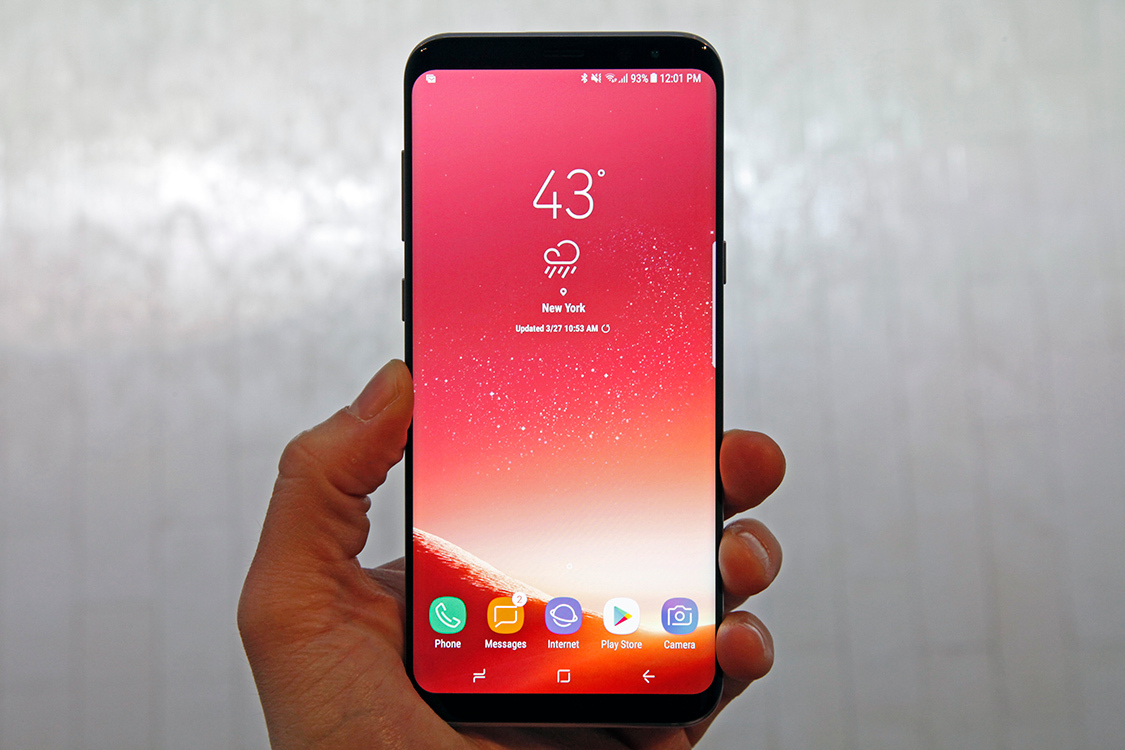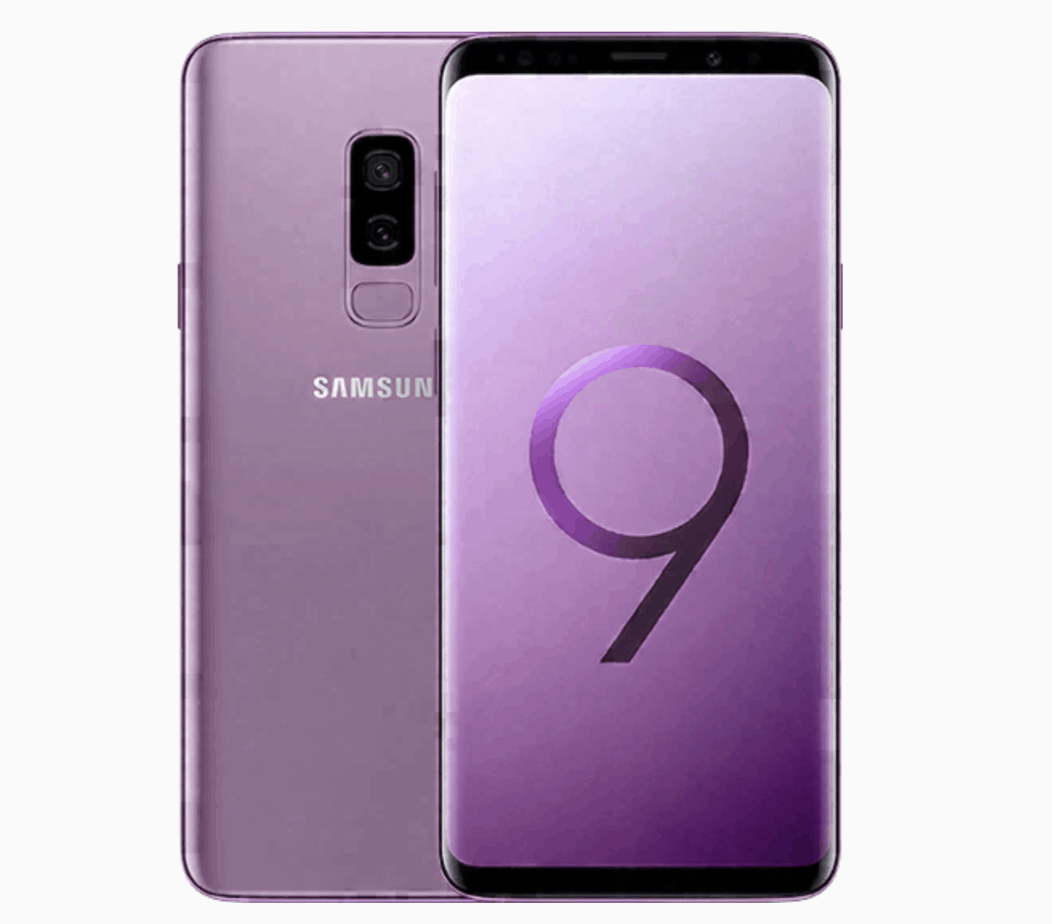When the Galaxy S8 was released last year, it unknowingly set a trend for smartphone design that saw most manufacturers follow in 2017. Samsung pushed the boundaries of what we were used to seeing with smartphone bezels are almost eliminated them on the top and bottom of the device and filling it with screen real-estate.Fast-forward a year and at Mobile World Congress 2018, the Samsung Galaxy S9 was unveiled with what appeared to be an evolution release as opposed to revolutionary. With that being said, the Galaxy S9 is still an upgrade so we take a look at the differences over the previous model and if it is worth an upgrade.
 The battery has remained the same between devices, with the same 3000mAh capacity, fast-charging, and USB-C support.
The battery has remained the same between devices, with the same 3000mAh capacity, fast-charging, and USB-C support.
Design
While the Galaxy S8 and S9 look very similar, the design of the two devices is actually different. Both devices feature a metal frame and curved glass on the front and back, have IP68 certification for dust and waterproofing, and a 3.5mm headphone jack. However, Samsung clearly listened to consumers with the Galaxy S9 and moved the fingerprint sensor to underneath the camera on the rear of the device, making it more centralized. This was one of the biggest criticisms of the S8, especially with the S8+, that saw the fingerprint sensor an uncomfortable stretch positioned at the top of the device alongside the camera. The Galaxy S9 actually has slightly smaller bezels above and below the screen, leading to a reduced height of 147.7mm compared to 148.9mm on the Galaxy S8.
Display
Both devices have a 5.8-inch curved QHD+ Super AMOLED display with an aspect ratio of 18.5:9. Samsung has taken advantage of the smaller bezels on the Galaxy S9, which allow a Samsung-optimized screen to be viewed entirely in landscape.The display on the S8 was one of the best available so it is understandable why Samsung chose to stick with the same display.Under the hood
The specs powering the S9 is where the devices differ the most; in most of the world, you'll find an octa-core Exynos 9810 with four cores running at 2.7GHz and four at 1.7GHz, while in the U.S the device has an octa-core Snapdragon 845 chipset which can run at up to 2.8GHz. The Samsung Galaxy S8 meanwhile uses an octa-core Exynos 8895 chipset with four cores running at 2.3GHz and four running at 1.7GHz. In the US it uses the octa-core Snapdragon 835, which has four cores running at 2.35GHz and four at 1.9GHz. Both devices feature 4GB of RAM but the Galaxy S9 supports Gigabit LTE. The battery has remained the same between devices, with the same 3000mAh capacity, fast-charging, and USB-C support.
The battery has remained the same between devices, with the same 3000mAh capacity, fast-charging, and USB-C support.